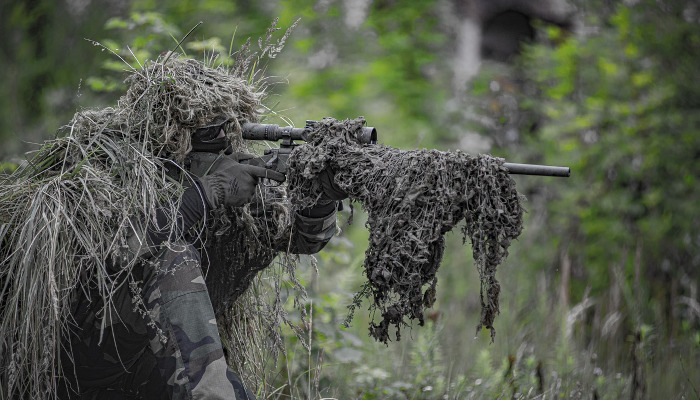
After sacking the defense minister, at least nine generals, and several senior military industry executives last year, the PLA (People’s Liberation Army), once the kingmaker of Chinese politics, is being purged again.
President Xi Jinping vowed to “enrich the toolbox for punishing new types of corruption and hidden corruption” and to strengthen the supervision of senior cadres.
In a speech reported by China’s state television on June 19, Mr. Xi said: “Cadres at all levels, especially senior cadres, must show unity and have the courage to put aside their prestige and expose their shortcomings. They must deeply self-reflect … make earnest rectifications, and resolve problems at the root of their thinking.”
In 2015, shortly after he took power, Mr. Xi launched a major PLA reform that totally restructured it to strengthen its combat capability. The command system was flattened and reorganized, giving more control to the Party. The number of military regions (dividing PLA command over China) was reduced from seven to five “theater commands” with joint rule over the ground, naval, air, and rocket forces. This change aimed to shift the concept of operations from primarily ground-oriented defense to mobile, coordinated movements, thereby enhancing offensive air and naval capabilities.
Units were dismantled and reassembled, with soldiers, NCOs, and officers scattered around to break loyalty links in the chain of command and strengthen the PLA’s reliance on its top leadership. However, it appears that this restructuring did not work ideally.
According to rumors, an investigation launched last year after an observation balloon fracas found that much of the strategic rocket equipment did not function well or at all. In early 2023, a Chinese spy balloon was observed floating above a US military base, causing a massive alarm in America over the possibility of a Chinese surprise attack. Due to this incident, US Secretary of State Anthony Blinken canceled a planned visit to Beijing. Initially underestimating the alarm, China later started an investigation, possibly leading to the dismissals of Foreign Affairs Minister Qin Gang and Defense Minister Li Shangfu.
The three-day conference, which ended on June 19, was the first of its kind since 2014, when Mr. Xi held a military-political work conference in Gutian on the anniversary of the December 1929 meeting, which consolidated Mao’s control over the Red Army, the PLA’s precursor. Mao’s power over the Red Army led to his control over the Party in the following decade. Unlike its Soviet counterpart, the Chinese Communist Party (CCP) was primarily an army spin-off. The Soviets took power in Moscow and then had to set up an army to fight the Csar’s loyalists. The CPC failed its urban insurrection and had to fight its way to power from the countryside.
The 2014 conference provided the first framework for the 2015 military reform. Here, there are similarities and differences between past Party-PLA ties. During the Cultural Revolution, the PLA was mainly protected from Mao’s political upheavals. While most civil officials were purged and punished, the army was not, and for decades, it remained the kingmaker of Chinese politics. The head of the military, Marshal Ye Jianying, engineered the coup to arrest the radical “Gang of Four” in 1976 after Mao’s death. It paved the way for Deng’s return to power and the beginning of the reforms.
Failed reform?
The 2015 PLA restructuring aligned with the plans of some reformer generals. The army relinquished its old political power in exchange for transforming into a modern combat-ready apparatus. It was also meant to alter the relationship between the Party and the Army.
Mr. Xi is the chairman of the PLA Central Commission. His first public career job was as assistant to Geng Biao, head of military intelligence and a close friend of his father, Xi Zhongxun, then Minister of Defense.
The recent purge shows that the reform did not work as intended. Still, last year’s dismissals and this conference demonstrate Mr. Xi’s clout over the military. They were both conducted without any public grumbling.
This may indicate that for the first time in PRC (People’s Republic of China) history, Mr. Xi successfully put the Party in control of the Army, reversing the historical dynamic.
However, the PLA still has political duties. The military’s responsibilities also cover the entire Chinese territory, divided into five areas that do not coincide with the geography of the existing provinces, providing an extra level of political cohesion alongside civilian administration.
Moreover, Mr. Xi is the only one sitting at the top of the military commission, the Party, and the civil government, allowing him, in theory, to play the military against the Party or the Party against the military if necessary.
Therefore, a new power structure seems to emerge, with Mr. Xi as the sole linchpin holding the entire architecture together.
It is also significant that the meeting occurred just days before the opening of a long-delayed Party plenum in July. The plenum is rumored to center on economic reforms, but it might have larger significance in light of the army conference.
The extensive and brutal war in Ukraine, along with growing regional tensions and those with the US, might have been a wake-up call for China, indicating that a conflict may not be far off and that Beijing should be prepared. A conflict could totally or partially disrupt Chinese exports to G7 countries, now providing much of China’s surplus, and thus impact its sprawling middle class. The Ukraine fighting also showed the new importance of hybrid warfare, with propaganda, espionage, and firing cannons all part of one scheme.
The PLA has not fought in a war in 45 years since the end of the conflict with Vietnam. The new Minister of Defense, Dong Jun, hails from the navy, the only PLA branch with extensive active experience due to its worldwide missions and patrol duties in the South China Sea.



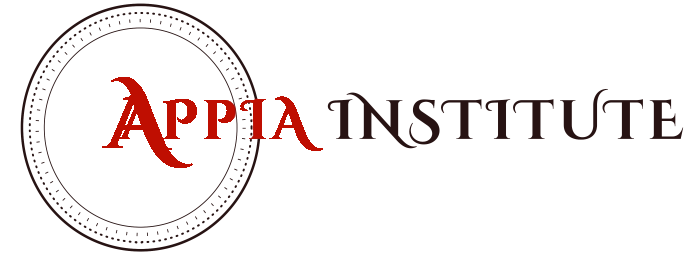

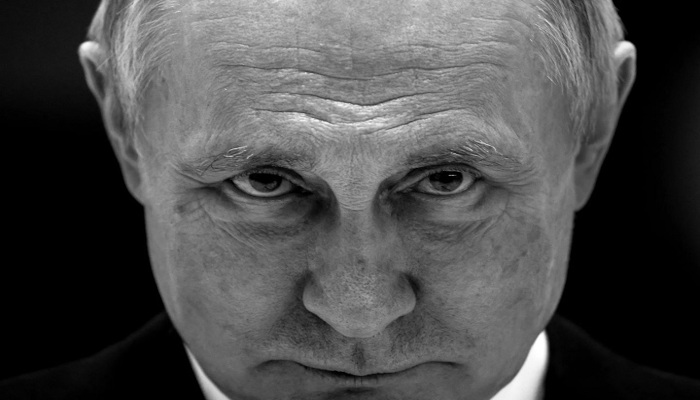
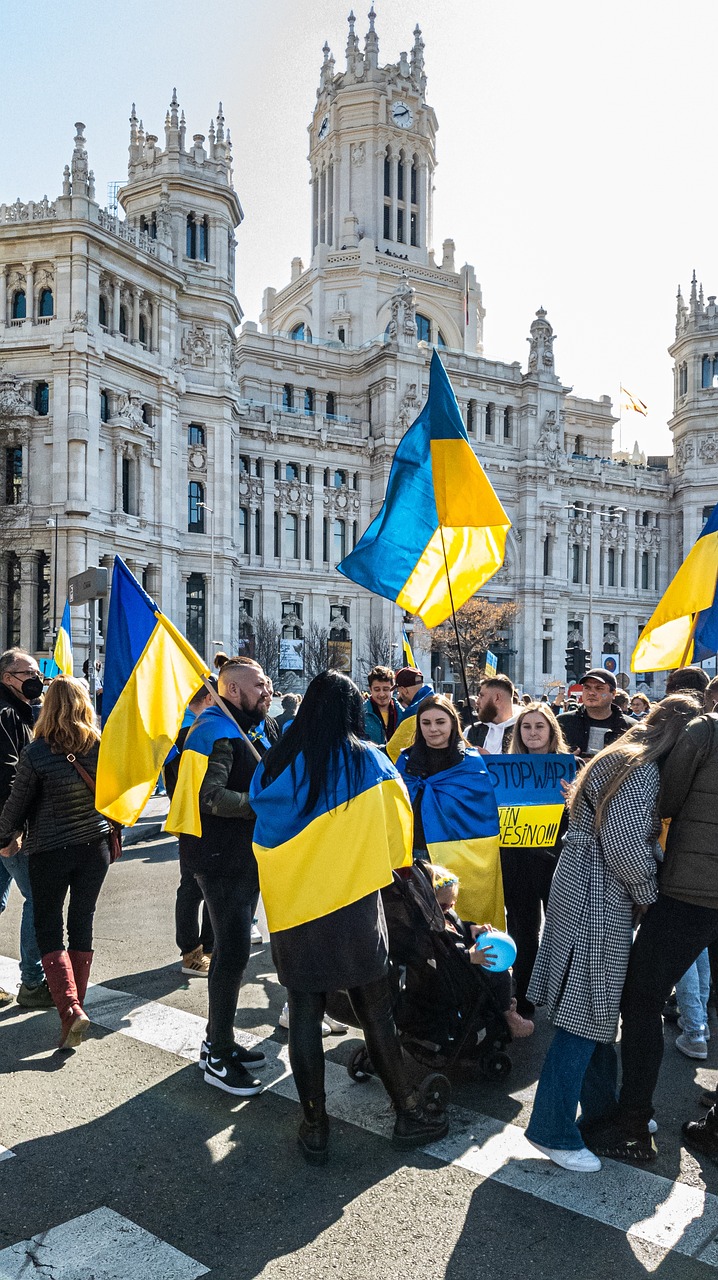
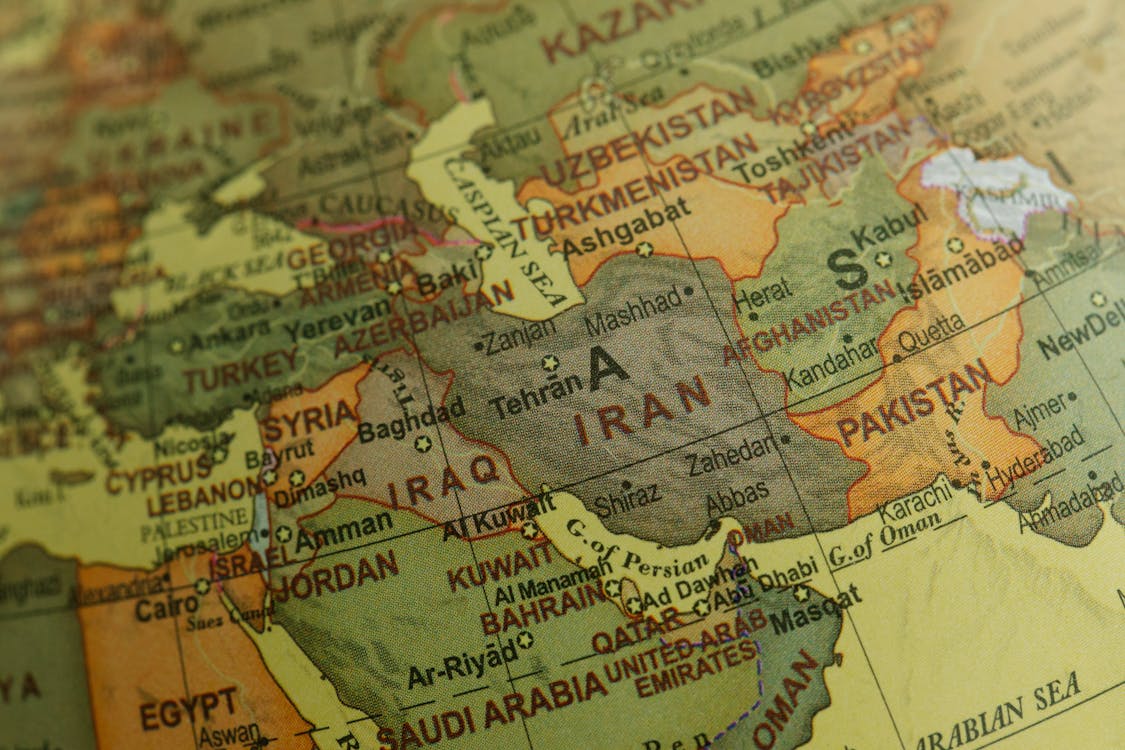
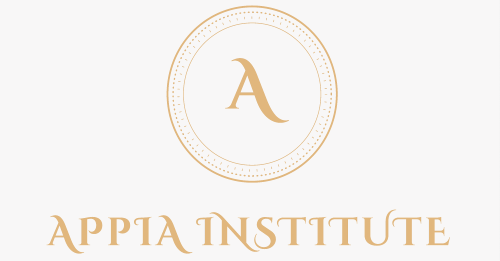
La strategia di Xi tra partito ed esercito - SettimanaNews